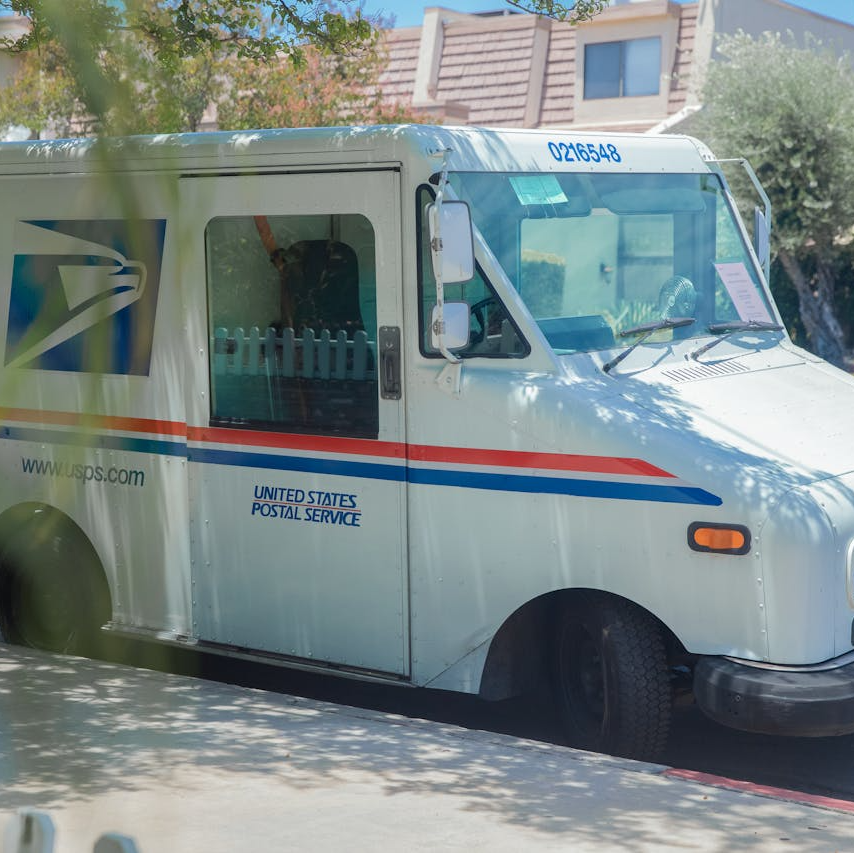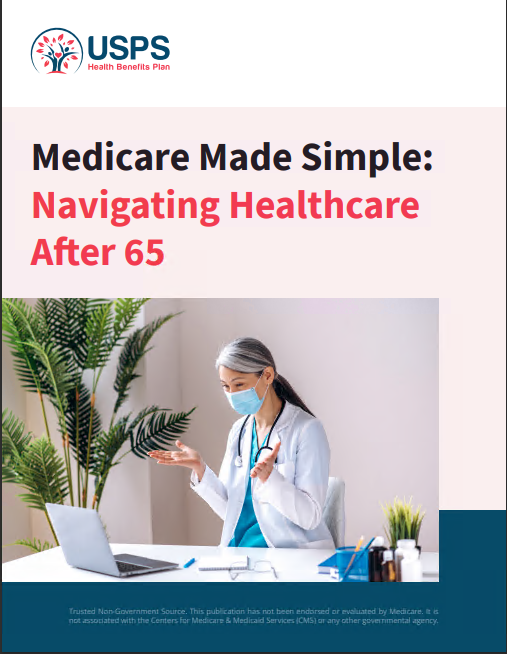Key Takeaways:
- The new PSHB Program, launching in 2025, will offer USPS employees and retirees health plans tailored to their specific needs, integrating with Medicare for comprehensive coverage.
- Understanding the enrollment process, key dates, and plan options is crucial for ensuring seamless transition and optimal health benefits.
Exciting Changes for Postal Workers: What to Expect from the New PSHB Program
The Postal Service Health Benefits (PSHB) Program is set to launch in January 2025, bringing significant changes to health benefits for USPS employees, retirees, and their families. This new program, established under the Postal Service Reform Act (PSRA), is designed to provide more tailored, cost-effective health coverage options. As we approach the transition, it’s important for all eligible participants to understand what to expect and how to prepare.
Big News for USPS Health Benefits
The introduction of the PSHB Program marks a pivotal shift in how health benefits are administered for postal workers. Unlike the current Federal Employees Health Benefits (FEHB) Program, which serves a broad range of federal employees, PSHB is exclusively for USPS employees and annuitants. This targeted approach is intended to address the specific healthcare needs of the postal workforce more effectively.
Key features of the PSHB Program include:
- Dedicated Coverage: PSHB will provide health insurance exclusively for USPS employees, retirees, and their eligible family members, replacing the FEHB coverage for these groups.
- Medicare Integration: For retirees, PSHB plans will integrate with Medicare, especially Medicare Part D for prescription drug coverage, ensuring comprehensive benefits and reducing out-of-pocket expenses.
- Tailored Health Plans: The plans offered under PSHB are designed to cater specifically to the health needs of postal employees, with enhancements in preventive care, mental health services, and chronic disease management.
Why PSHB is a Game Changer
The shift to PSHB is expected to bring several advantages, making it a game changer for postal workers’ health benefits. One of the primary goals is to control healthcare costs while maintaining high-quality coverage. By focusing on the unique needs of postal employees, PSHB aims to deliver more efficient and effective healthcare services.
- Cost Efficiency: With PSHB, the USPS aims to manage healthcare costs more effectively, potentially leading to lower premiums and out-of-pocket expenses for employees and retirees. The integration with Medicare is a key component of this cost-saving strategy.
- Enhanced Benefits: PSHB plans are expected to offer enhanced benefits tailored to the needs of postal workers. This includes improved access to preventive care, mental health services, and specialized care for chronic conditions.
- Streamlined Administration: By creating a dedicated program for USPS employees, the administration of health benefits is expected to be more streamlined, reducing complexity and improving the overall experience for participants.
How PSHB Compares to FEHB
While PSHB will replace FEHB coverage for USPS employees and retirees, there are several similarities and key differences to be aware of:
- Similar Coverage with Specific Enhancements: PSHB plans will offer coverage similar to FEHB but with additional features tailored to postal workers. This includes enhanced coordination with Medicare and improved preventive and mental health services.
- Enrollment Process: The enrollment process for PSHB will be similar to FEHB, with an Open Season period during which participants can select their health plans. However, the options available will be specifically designed for the USPS community.
- Cost Structure: While the cost structure under PSHB is designed to be more efficient, it’s important for participants to review the new plans carefully to understand any changes in premiums, deductibles, and out-of-pocket costs.
Key Dates You Need to Know
To ensure a smooth transition to the PSHB Program, it’s crucial to be aware of several key dates:
- Open Season Enrollment: The first opportunity to enroll in a PSHB plan will take place during the Open Season from November 11 to December 9, 2024. During this period, USPS employees, retirees, and their families must select their new health plans.
- Effective Date: Coverage under the PSHB Program will begin on January 1, 2025. It’s essential to complete enrollment during the Open Season to ensure continuous health coverage and avoid automatic enrollment in a default plan.
Medicare and PSHB: The Essentials
One of the significant aspects of the PSHB Program is its integration with Medicare, particularly for retirees. Understanding this integration is key to maximizing your benefits:
- Medicare Part D: All PSHB plans will include Medicare Part D prescription drug coverage for eligible participants. This ensures comprehensive drug coverage and helps reduce out-of-pocket costs for retirees.
- Medicare Part B Requirement: To be eligible for PSHB benefits, Medicare-eligible retirees must enroll in Medicare Part B. This integration helps optimize overall healthcare delivery and control costs.
Choosing the Right Plan for You
Selecting the right PSHB plan is crucial for ensuring you receive the best possible healthcare coverage. Here are some steps to help you make an informed decision:
- Evaluate Your Healthcare Needs: Consider your current health status, any chronic conditions, and your anticipated healthcare needs. This will help you choose a plan that offers the most suitable coverage.
- Review Plan Options: Use comparison tools provided by USPS to review different PSHB plans. Pay attention to benefits, premiums, deductibles, and out-of-pocket costs.
- Check Provider Networks: Ensure that your preferred doctors, hospitals, and healthcare providers are included in the network of the PSHB plans you are considering.
- Understand Medicare Integration: If you are eligible for Medicare, make sure you understand how your PSHB plan integrates with Medicare Part B and Part D.
Steps to Get Ready for PSHB
Preparing for the transition to PSHB involves several important steps to ensure you are ready for the change:
- Stay Informed: Regularly check updates from USPS and the Office of Personnel Management (OPM). Attend informational seminars and review available resources to stay up-to-date with the latest developments and requirements.
- Gather Necessary Information: Collect all necessary information about your current health coverage, including details about your current FEHB plan, Medicare enrollment (if applicable), and any specific healthcare needs.
- Attend Informational Seminars: Participate in USPS-hosted seminars and watch informational videos about the PSHB Program. These sessions provide valuable insights and answer common questions about the new health benefits.
- Review Comparison Tools: Utilize online tools like the Medicare Part B Comparison Tool to evaluate how different PSHB plans align with your healthcare needs and budget.
- Prepare for Open Season: Mark the dates for the Open Season on your calendar and be ready to make your plan selection during this period.
FAQs: Your PSHB Questions Answered
As the transition to PSHB approaches, USPS employees and retirees have many questions. Here are answers to some of the most common questions:
- What Happens If I Don’t Enroll During Open Season?: If you do not enroll during the Open Season, you will be automatically assigned to a default PSHB plan. To ensure you receive the coverage that best meets your needs, it’s important to actively select a plan.
- Will My Current Doctors Be Covered?: The network of providers under PSHB plans is expected to be similar to those under FEHB. However, it’s important to verify that your current doctors and preferred healthcare providers are included in the network of the plan you choose.
- How Will My Prescription Coverage Change?: PSHB plans will include Medicare Part D prescription drug coverage for eligible participants, which should enhance your current prescription benefits and potentially reduce out-of-pocket costs.
- What Are the Benefits of Integrating with Medicare?: Integrating with Medicare helps optimize overall healthcare delivery and control costs. For retirees, this means better coordination of benefits and potentially lower out-of-pocket expenses.
Conclusion: Navigating the Transition to PSHB
The upcoming transition to the PSHB Program marks a significant change in health benefits for USPS employees and retirees. By staying informed, evaluating your options carefully, and understanding the enrollment process, you can ensure that you and your family receive the best possible coverage under the new system. The PSHB Program aims to provide comprehensive and cost-effective health benefits tailored to the unique needs of the postal community, making this transition an opportunity for improved healthcare management.
As the Open Season approaches, take proactive steps to review your health plan options, attend informational sessions, and utilize available resources to make informed decisions. Ensuring a smooth transition to PSHB will pave the way for better health and well-being for all USPS employees, retirees, and their families.
Contact Information:
Email: [email protected]
Phone: 4155557890









